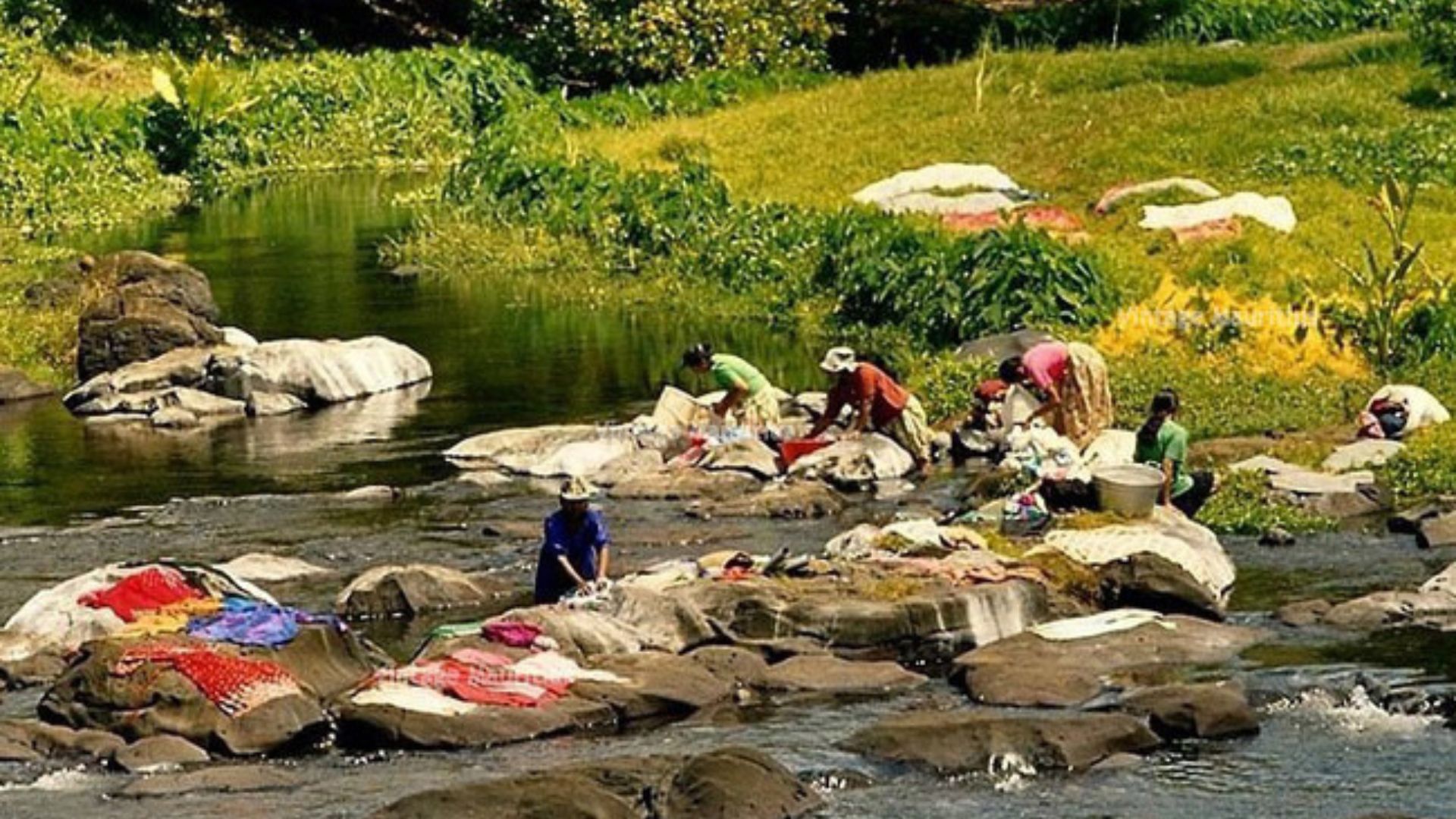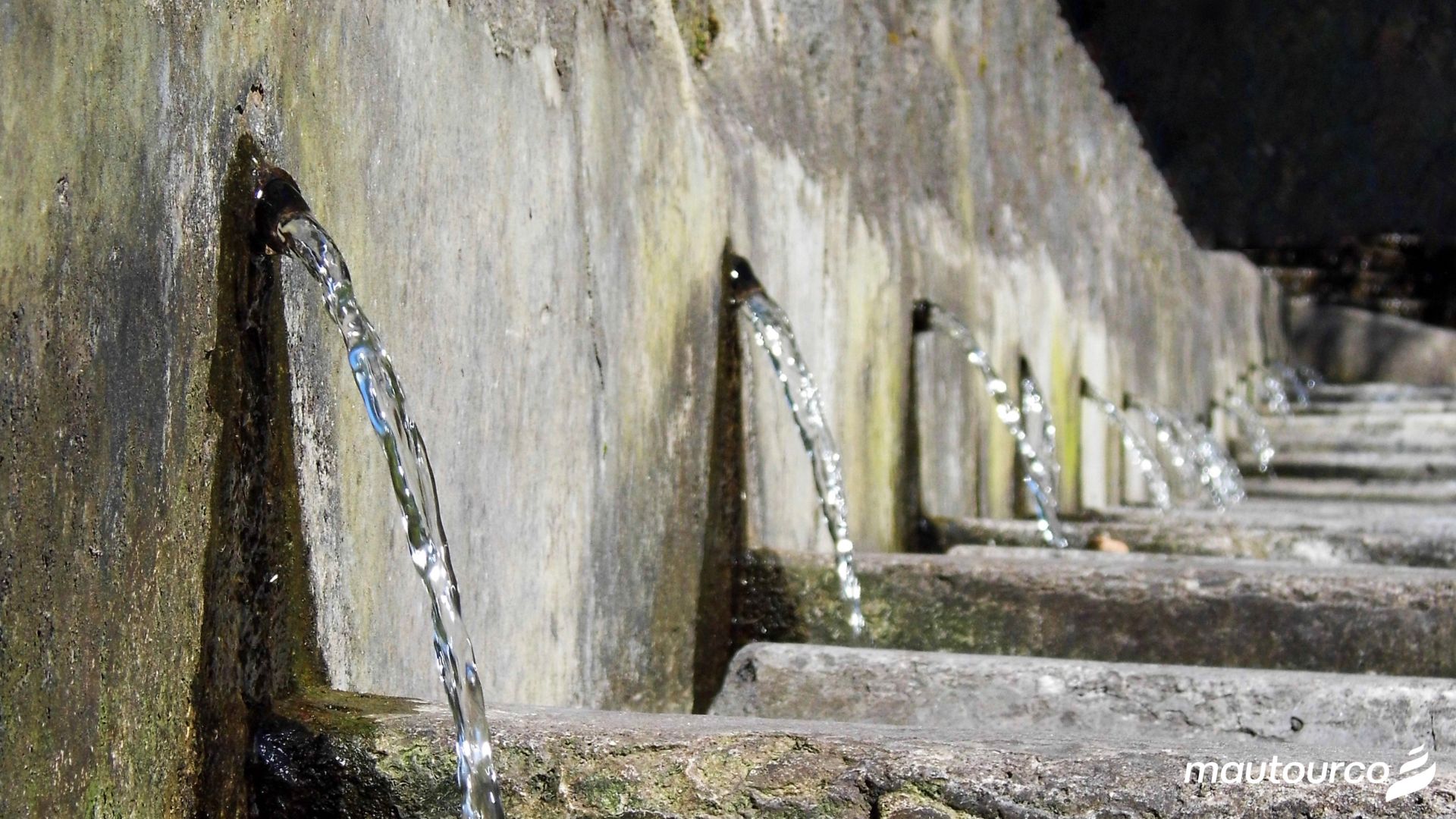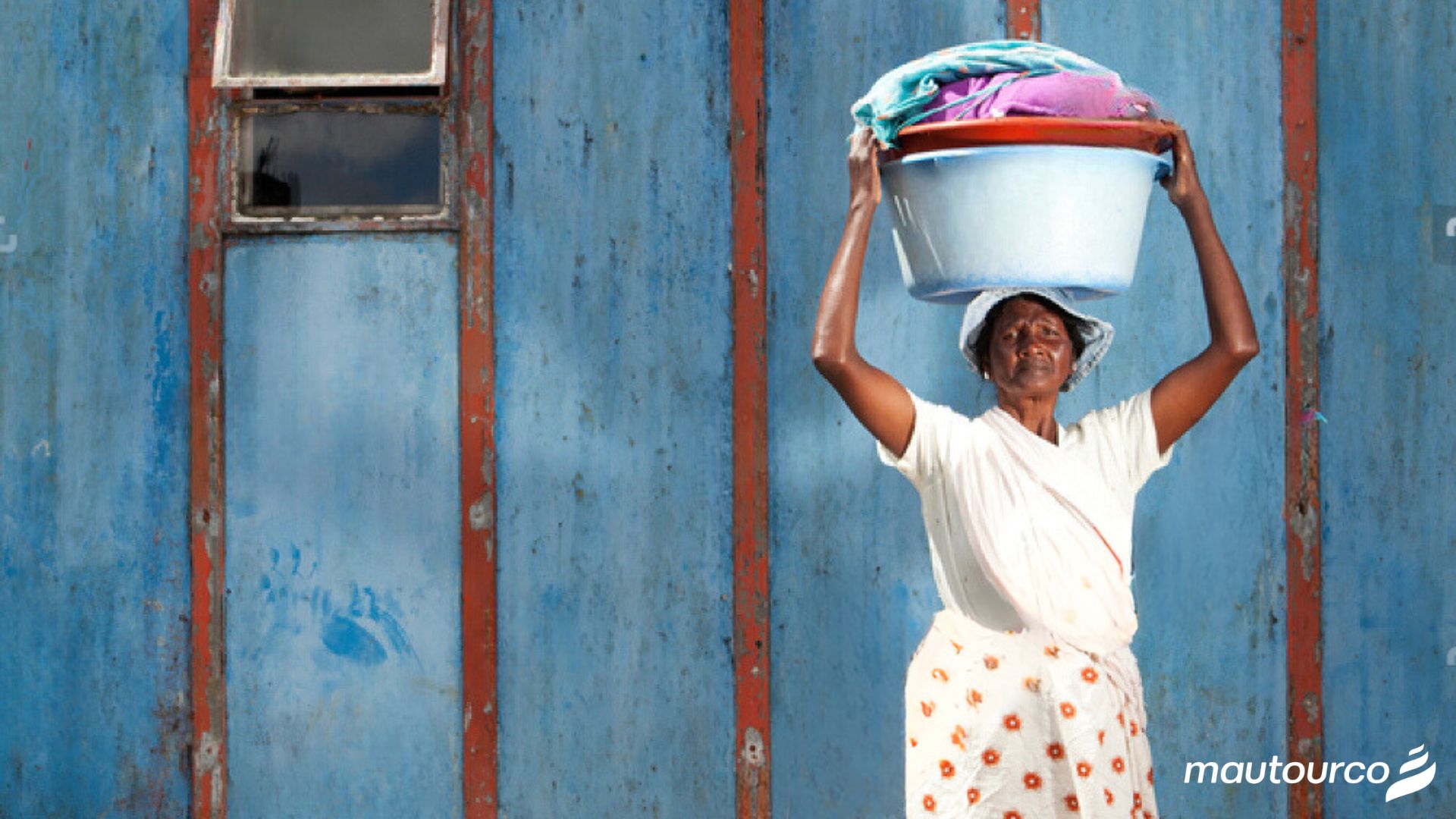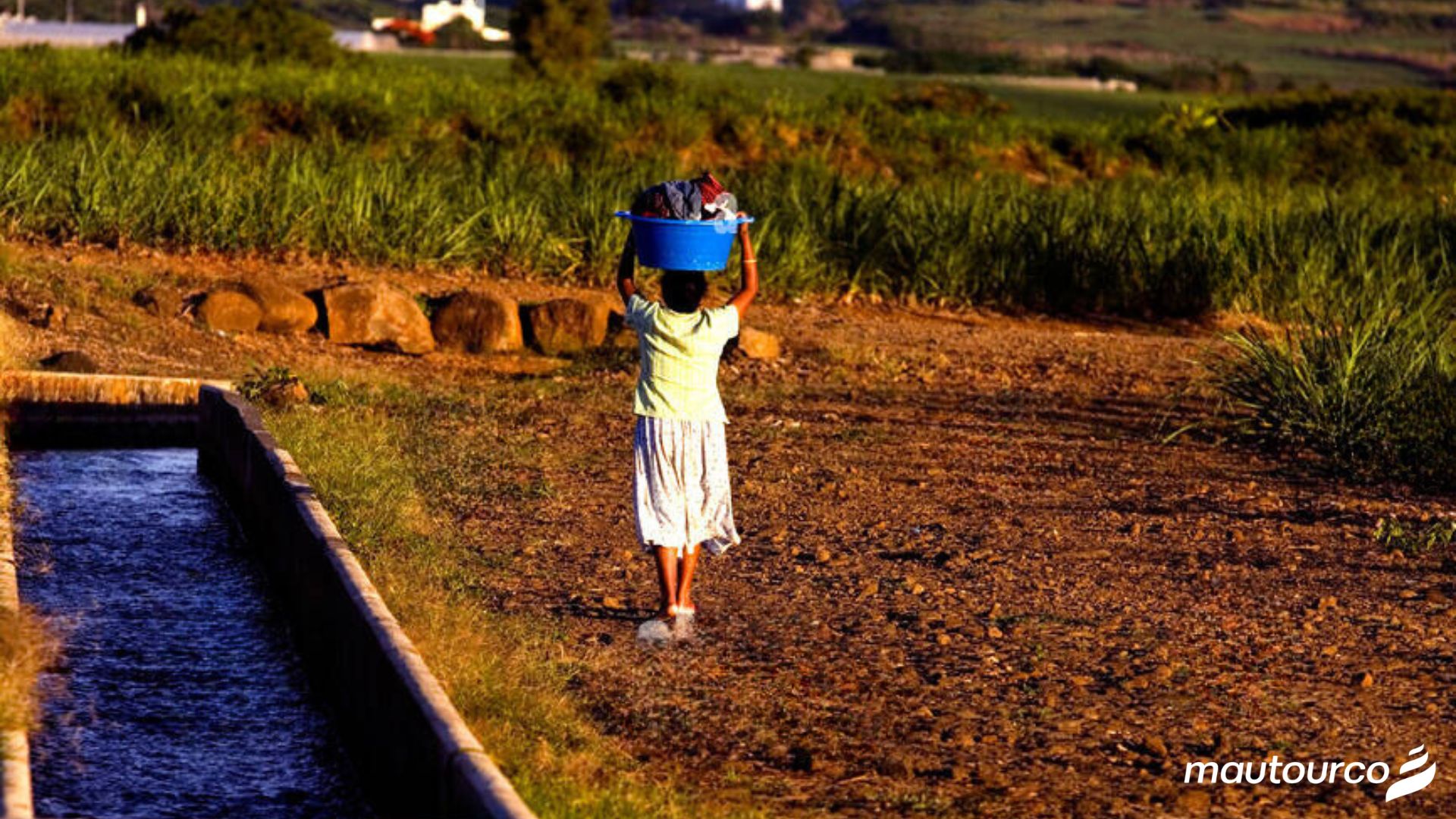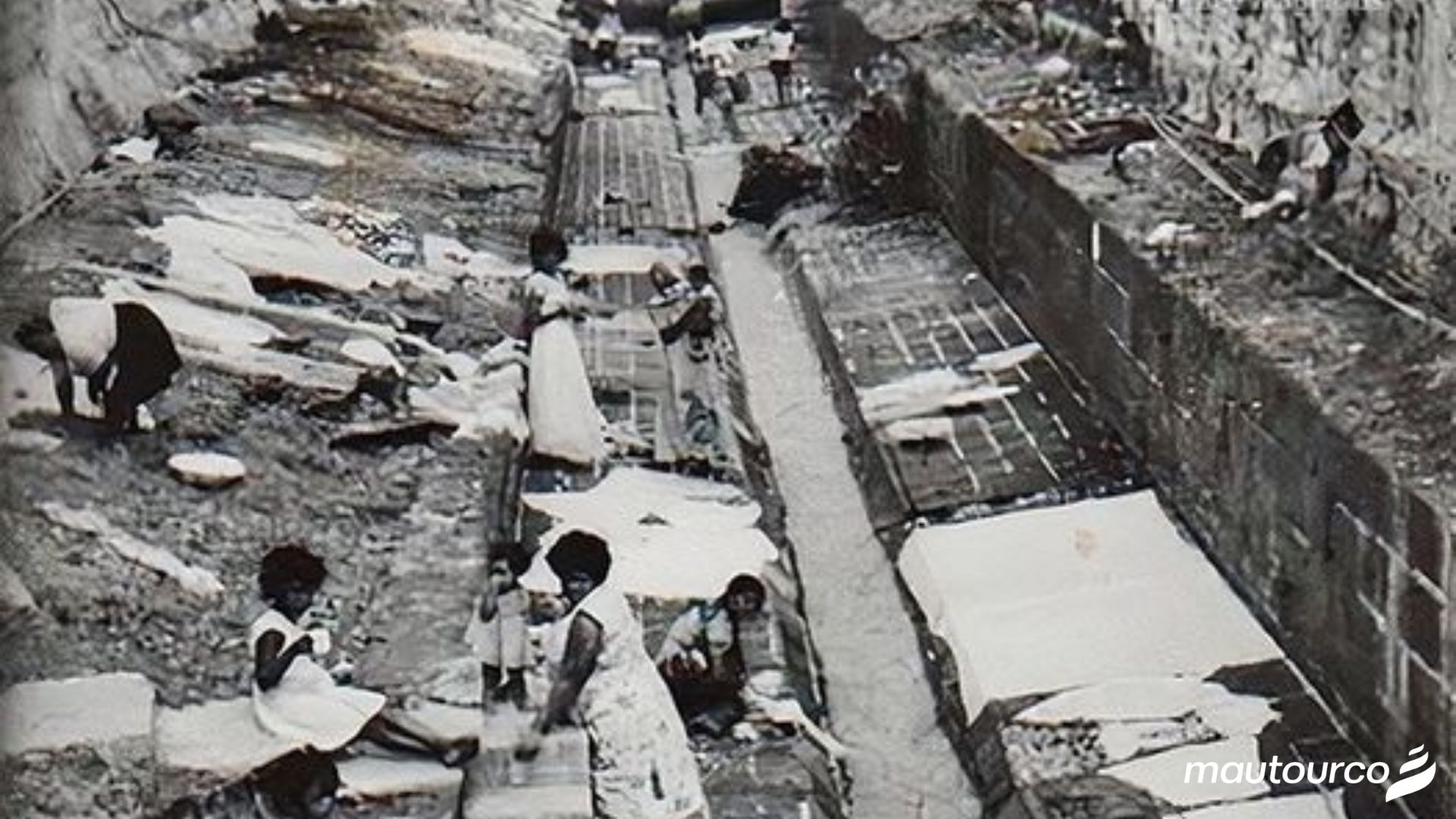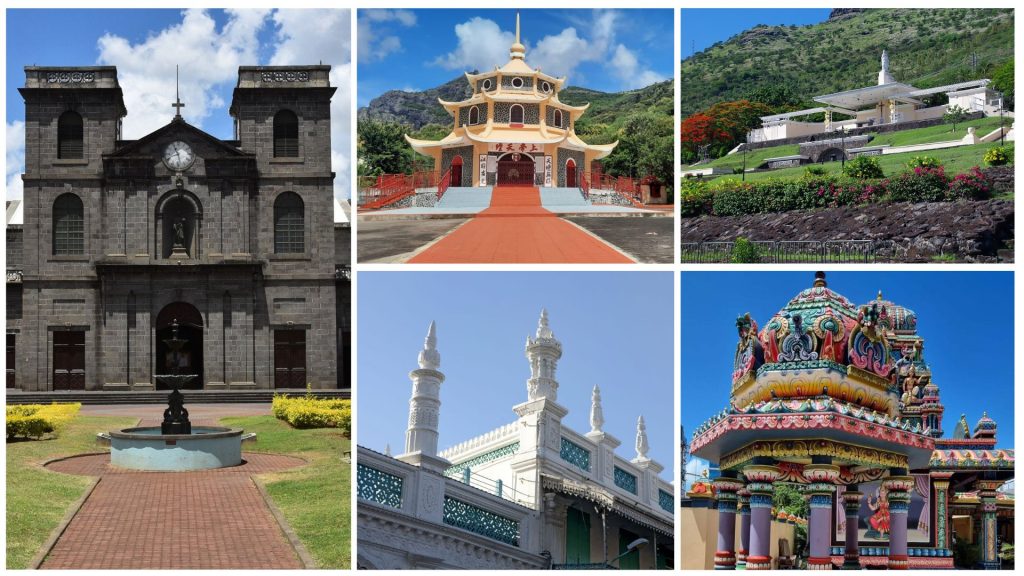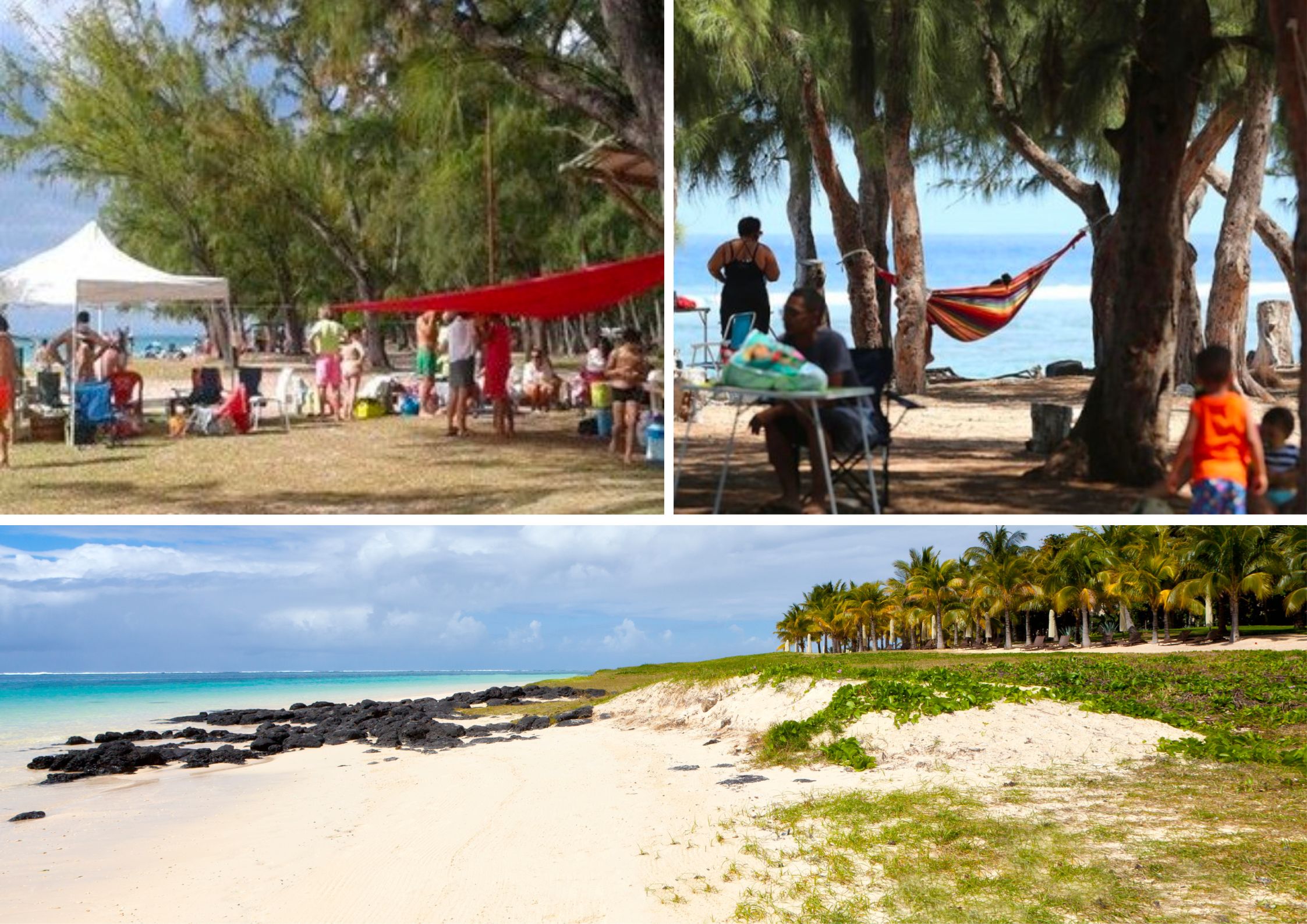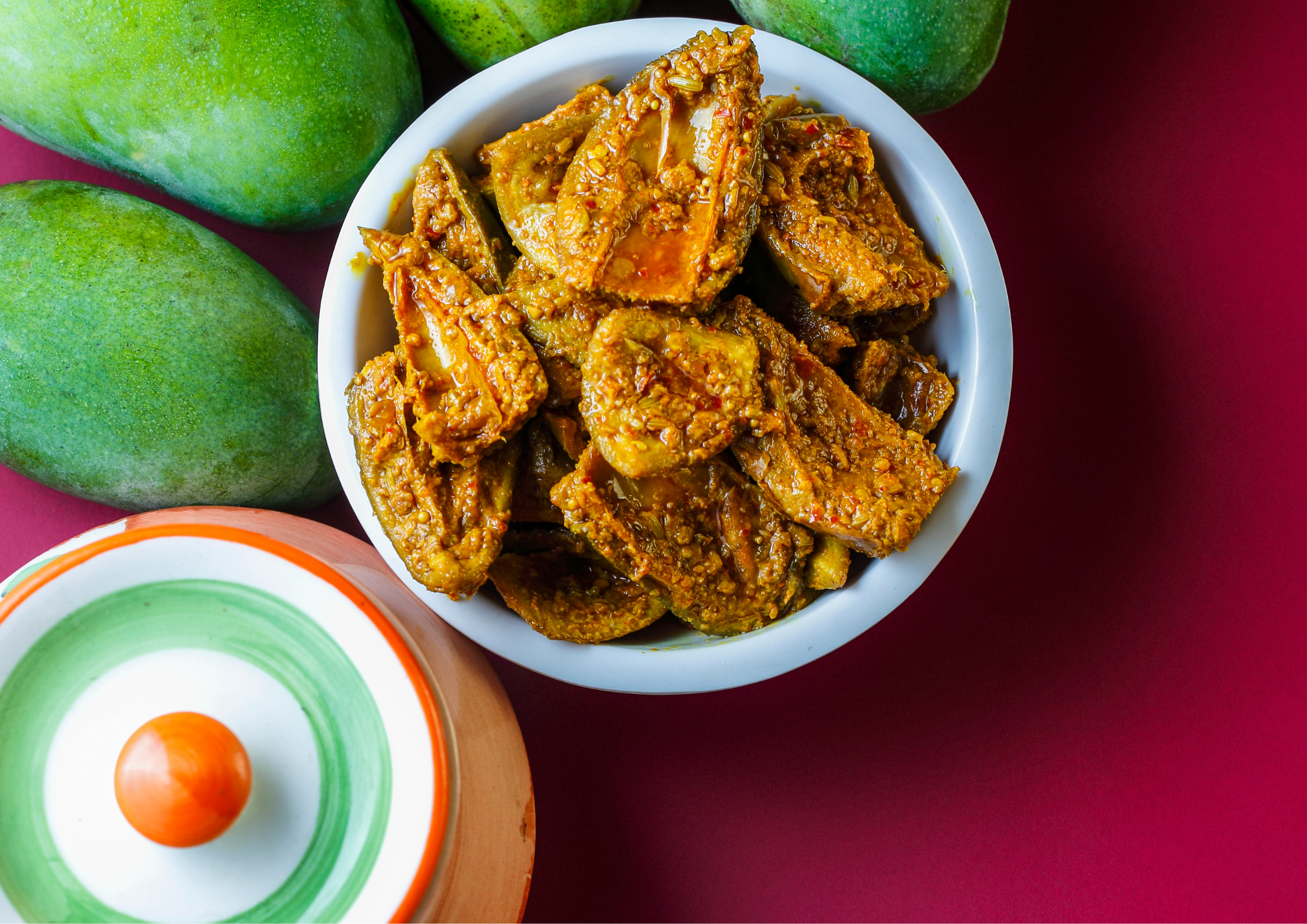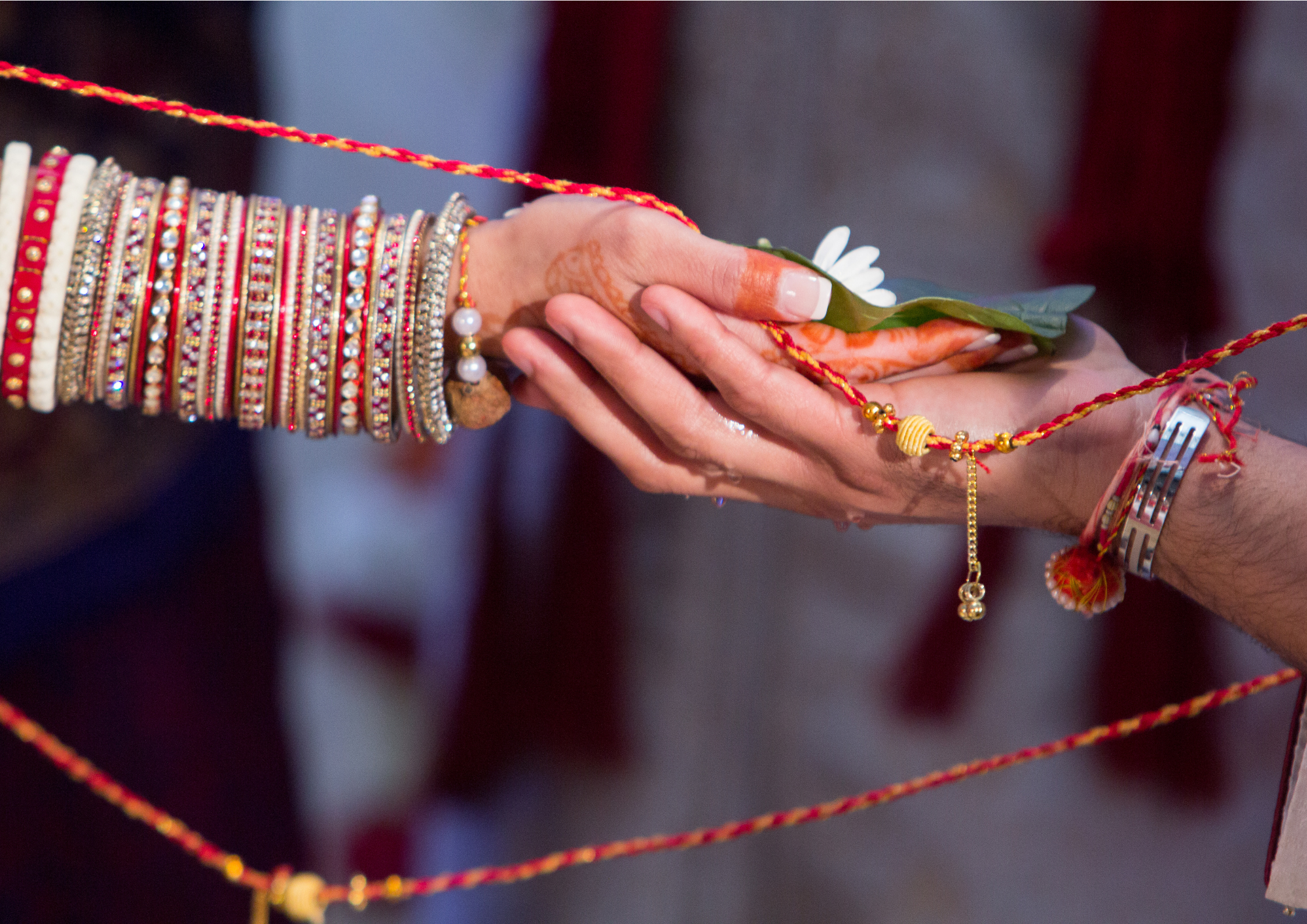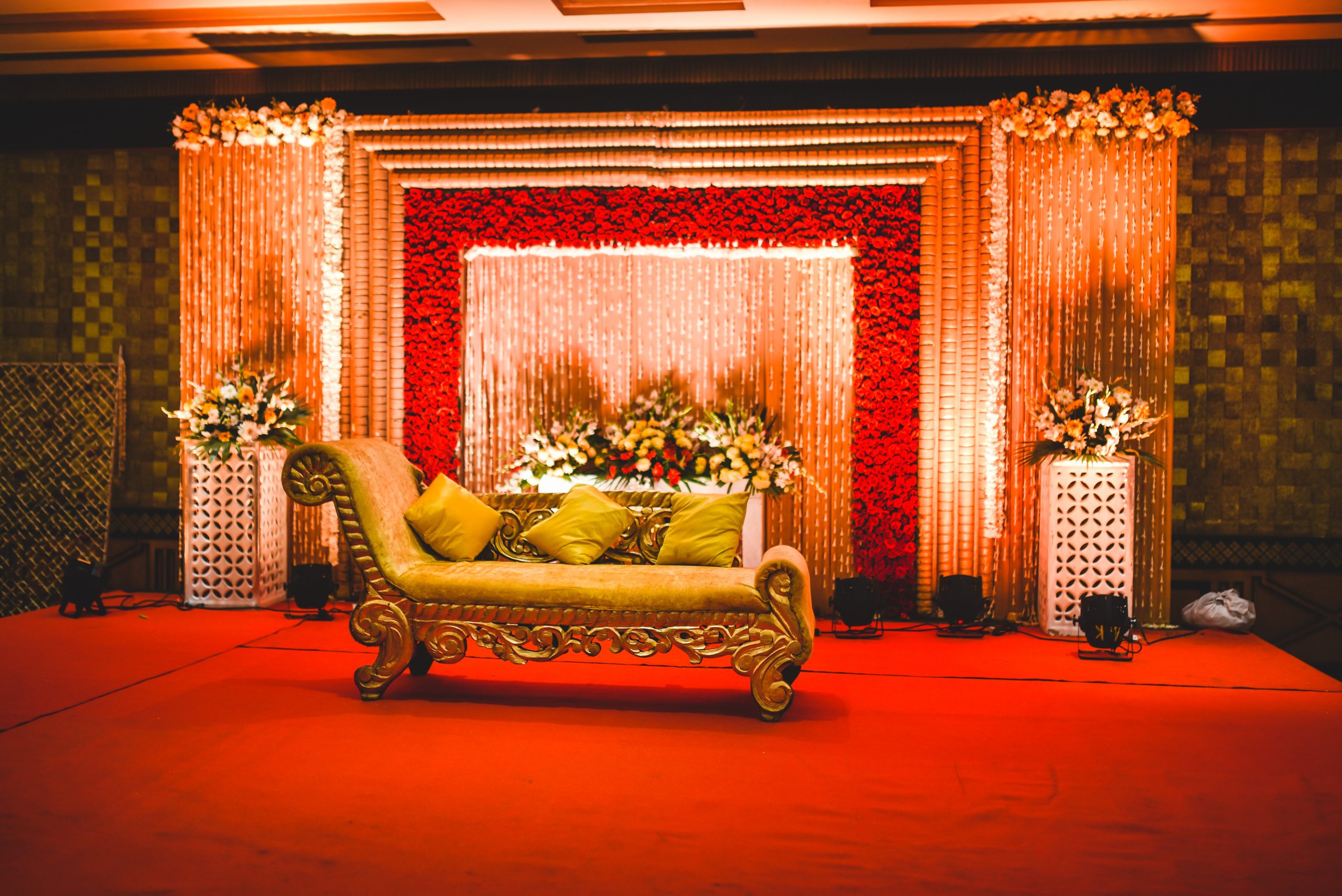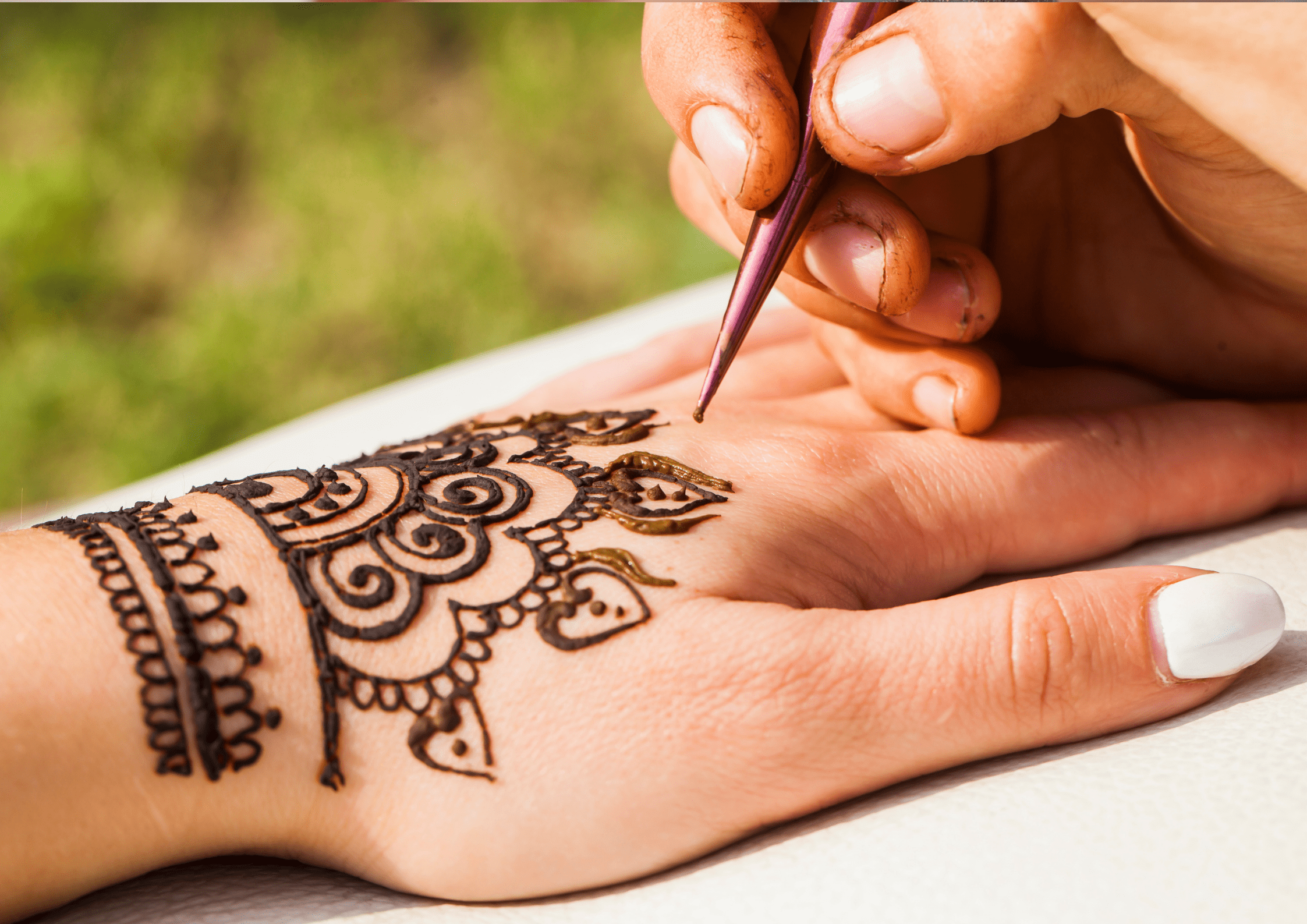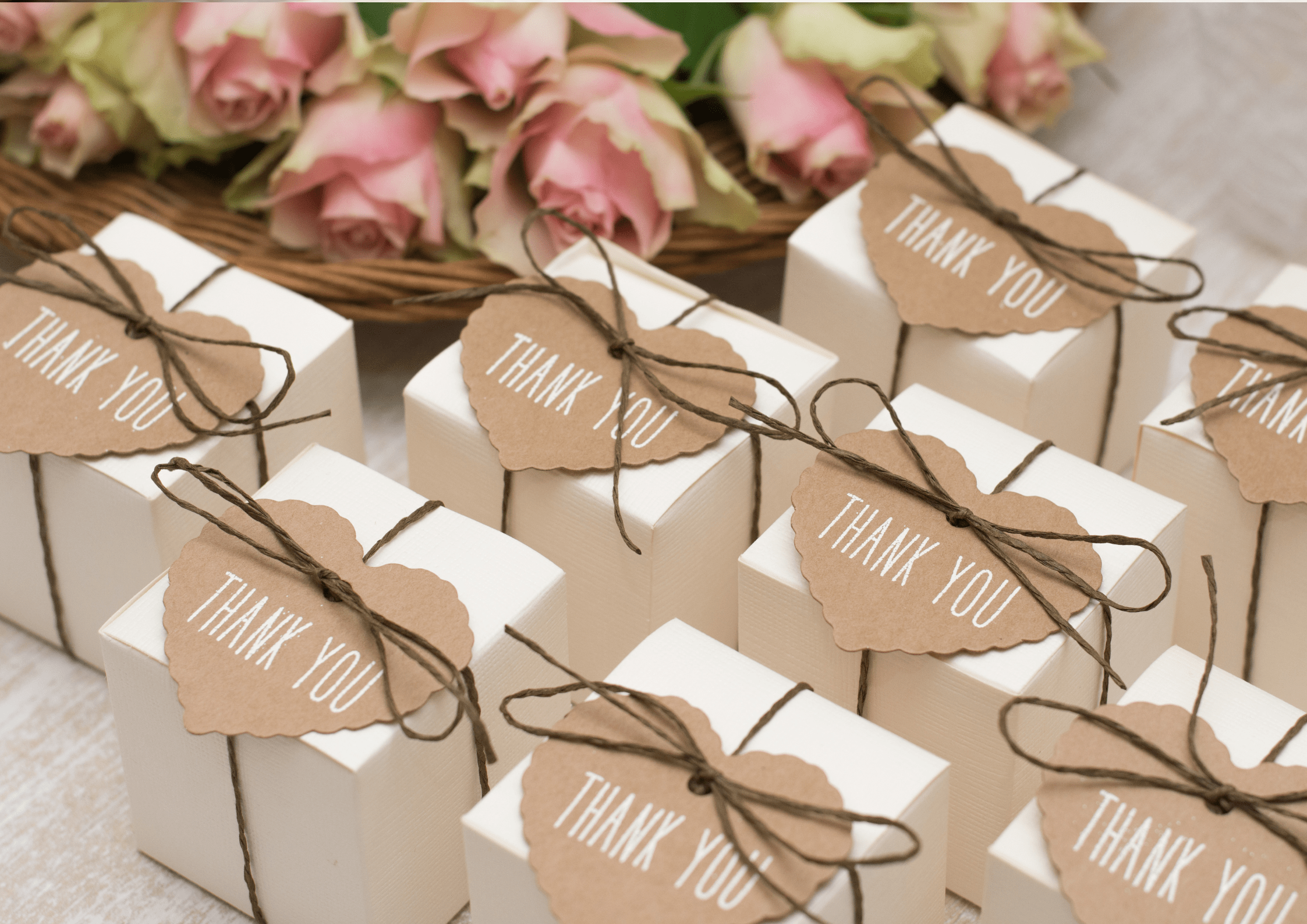Mauritius – Memories of the past : The surprising washouse
In Mauritius, long ago, one could find washerwomen at work on our riverbanks. It was the favourite place where the women of the village met for their usual daily household’s laundry. First, it was an expedition to get to the nearest river on foot, with loads of dirty laundry that had to be carried at arm’s length or on the head. With water at mid-calves and equipped with their bar soaps, how busy were they, rubbing the laundry on the rocks around the riverbanks.
From the early days of the French occupation, launderers, whose job was to wash heaps of officers’ clothes, went to the river to carry out their task, which was quite a heavy duty. In addition, the wealthy landowners all had their own washermen (men and women) at their service, whose job was to clean the whole family’s clothes. This practice continued during the English occupation and well beyond. Washermen used to hit the road at dawn carrying their big bundles of laundry. After being washed, the clothes were dried directly on the riverbanks, where they were laid out there to dry in the sun all day. At the end of the afternoon, the dry laundry had to be collected so that they could make their way back home. In those days, ironing was undoubtedly done with an old charcoal iron.
Around the island one can find well-known sites where a large number of launderers used to be in action, such as Grand Rivière Nord-Ouest (as at the time, Port-Louis was the main city for settlers) or Mahebourg, where one can still find a surprising washhouse dating from the 1770s, used to wash the French soldiers’ uniforms during the battle of Grand-Port.
Long after the foreign occupation’s period, this profession was passed on from father to son as the public sector of the time hired “dhobis” (Hindu word for washermen) assigned to the washing of the civil servants’ uniforms while some individuals also called upon the washermen. At the time, dried corn cobs were used as a brush to remove stains. The linen was also bleached, by being soaked in water containing a square shaped blue compact powder from the indigo tree. This practice was intended to give back their immaculate whiteness to the clothes.
Roaming along the riverbanks, you could see the washermen at work. An image that has disappeared nowadays!
NadElle

